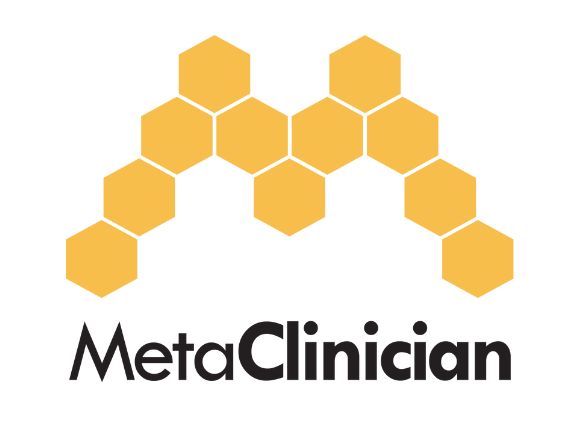References
PREP-IT Investigators; Sprague S, Slobogean G, Wells JL, et al. Skin Antisepsis before Surgical Fixation of Extremity Fractures. N Engl J Med. 2024 Feb 1;390(5):409-420. doi: 10.1056/NEJMoa2307679. PMID: 38294973.Allegranzi B, Bischoff P, de Jonge S, et al. New WHO recommendations on preoperative measures for surgical site infection prevention: an evidence-based global perspective. Lancet Infect Dis. 2016;16(12):e276-e287. doi:10.1016/S1473-3099(16)30398-X.
Dumville JC, McFarlane E, Edwards P, Lipp A, Holmes A, Liu Z. Preoperative skin antiseptics for preventing surgical wound infections after clean surgery. Cochrane Database Syst Rev, 2015: CD003949. Published April 21, 2015.
Staying current: Iodine vs chlorhexidine as a skin antiseptic
Background: Major orthopedic surgeries typically begin with cleaning the operative field with an alcohol-based solution, usually containing chlorhexidine or iodine. The relative merit of different solutions is uncertain, with most surgeons and some practice guidelines suggesting the use of chlorhexidine solutions.
Methods: This was a cluster-randomized, crossover trial at 25 hospitals in North America. The randomization assigned the entire hospitals (not individuals) to use one of the two skin antiseptics most commonly used in North America, that is, a 0.7% iodine povacrylex solution in 74% isopropyl alcohol (iodine group; note that the solution is different from povidone iodine) or 2% chlorhexidine gluconate in 70% isopropyl alcohol (chlorhexidine group). The type of antisepsis was alternated in each hospital every 2 months. Patients with either open or closed fractures of extremities were included. The primary outcome was surgical site infection, which included superficial incisional infection within 30 days or deep incisional or organ-space infection within 90 days.
Results: The study included 6785 patients with a closed fracture and 1700 patients with an open fracture (~50% men in the closed-fracture group and 63% in the open-fracture group). The most common sites of injuries included the proximal femur (~23%) and foot or ankle (~2% of all fractures). Proximal tibia or fibula or pelvic fracture occurred in >10% of patients. In the closed-fracture population, surgical site infection occurred in 2.4% of the iodine-treated patients and in 3.3% in the chlorhexidine group (odds ratio [OR], 0.74; 95% CI, 0.55-1.00; P = .049). In the open-fracture population, surgical site infection occurred in 6.5% in the iodine group and in 7.3% in the chlorhexidine group (OR, 0.86; 95% CI, 0.58-1.27; P = .45). Other outcomes, including unplanned reoperation and serious adverse events, were similar between treatment groups.
Conclusions: The authors concluded that taking into account similar safety profiles and costs of the examined solutions (both alcohol based), the use of iodine povacrylex results in a decreased frequency of surgical site infections for closed fracture surgeries.
McMaster editors’ commentary: Comparative data on the use of different solutions as skin antiseptics prior to orthopedic surgery are surprisingly scant. This study, comparing the commonly used chlorhexidine solution with iodine povacrylex–based solution (both alcohol based), adds to this information. Of note, iodine povacrylex is a water-insoluble deliverer of free iodine and differs from povidone iodine, which has been frequently used in aqueous antiseptic solutions (ie, Betadine). The advantage of a specific antiseptic observed in this study of extremity and pelvic fractures may not be transferable to other surgical areas.
 English
English
 Español
Español
 українська
українська











